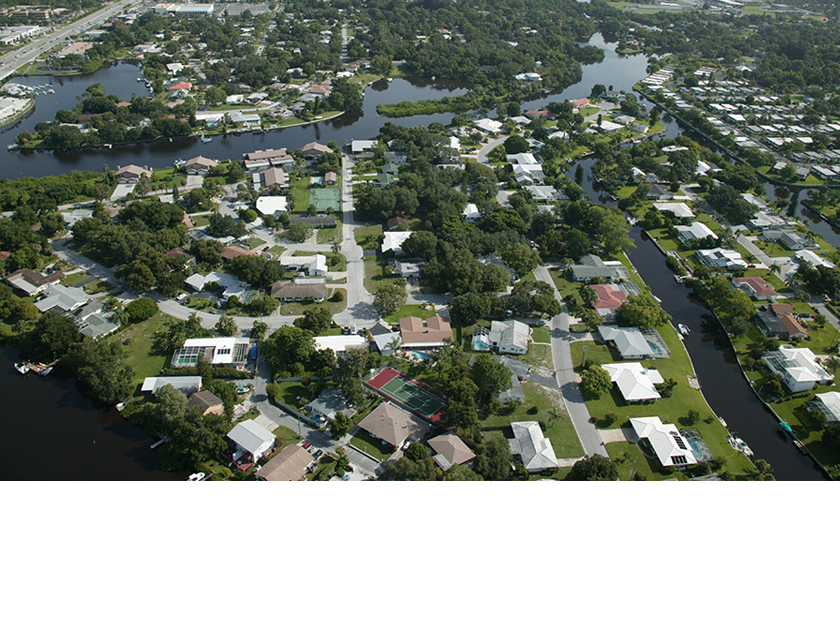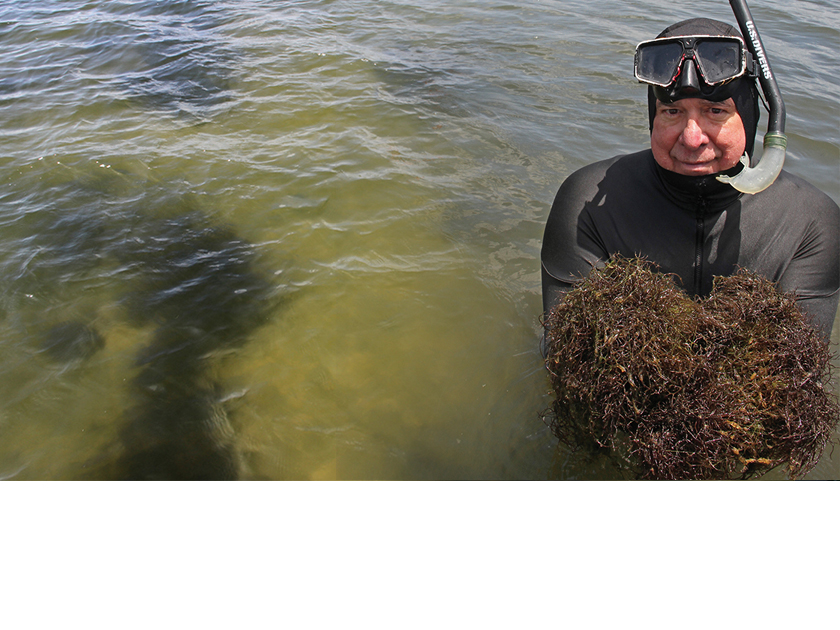The estuary also contributes significantly to Florida’s economy. For those reasons, the environmental health of the IRL is, in many ways, essential to the health of Florida’s east coast. Given the importance of the IRL, it was alarming in 2013 when it was discovered that more than 162 manatees, 300 pelicans and 76 bottlenose dolphins–all in the northern IRL system of lagoons and inlets–had died of unknown causes. High casualty rates for these species have continued during the last year, with another 49 manatees dead as of August 29, 2014. These animals are iconic symbols of the state, much like the alligator and panther, and tourists come to the IRL to see them. Their demise, however, was more than a blow to tourism. It also indicated a much more serious problem with the waterway itself. Something was wrong with the complex ecosystem of the IRL, something serious enough to kill wildlife and perhaps threaten the safety of the humans who live, work and play in the area.
The problems unfolding in the Indian River Lagoon system are not unique, which should bring hope to the residents who rely on and enjoy the IRL ecosystem. In the 1990s, civic leaders, public works officials and scientists faced a similar situation in the Phillippi Creek area of Sarasota County on Florida’s gulf coast. Near Phillippi Creek, 14,000 houses were served by septic tanks. In 1997, after three years of study, it was found that fecal coliform pollution from septic tanks in the area reached a level that made the creek unsafe for humans and unhealthy for aquatic life. Clearly, something had to be done to stop the flow of sewage into the groundwater and, ultimately, Phillippi Creek. Leaders recognized the need for a sewer conveyance and treatment system but faced the enormous challenge of funding and installation. Public-works officials in Sarasota County studied the situation and evaluated various sewage-treatment options. Like much of Florida, the terrain is flat and the water table high. That meant the trenches for gravity sewer lines would be, by necessity, deep and difficult to dig. A gravity sewer system also would require numerous expensive lift stations to transport sewage to the nearest treatment plant.

